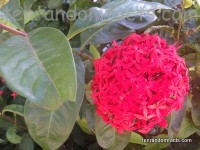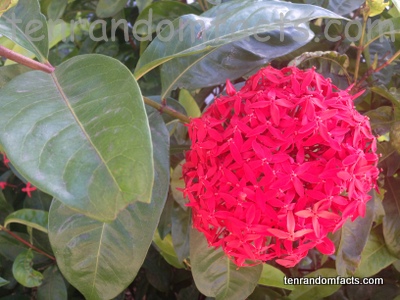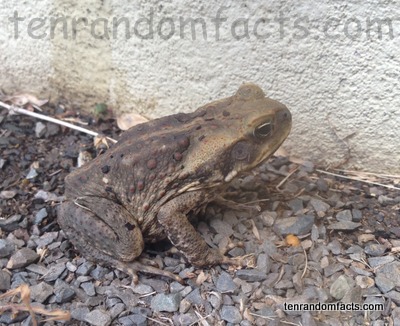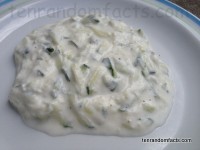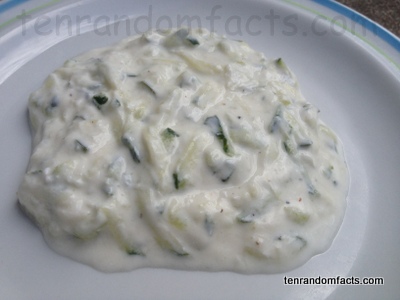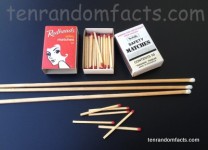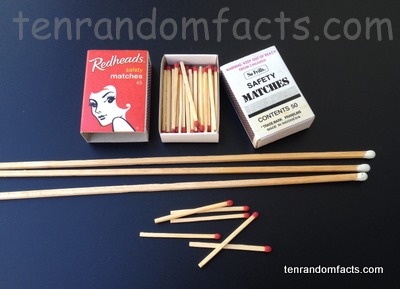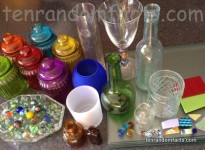
The facts are reinforced with a nice layer of glass.
- Glass is a common material popularly used for the construction of an object or a building, and is frequently used to make various types of containers, windows, beads, toy marbles and sculpting.
- Light can reflect, refract and pass through glass, while the material is also impervious to water, has a slow erosion rate and is resistant to chemicals.
- Silica is generally used in the making of glass, which is most often derived from sand, and it typically has other chemical additives, most commonly limestone and soda ash, for ease of use, durability, and to improve its properties.
- Glass-making practices originated in Ancient Egypt and Mesopotamia around 3500 BC, although material of volcanic origin, mainly obsidian, were utilised prior to this time; while containers made of the material were made from the 1500s BC.
- Glass is generally transparent, although it can also be opaque, with colourings derived from foreign particles or ions that can include metals and oxides and other compounds, while brown and green colours are the most commonly used.
- The Great Conservatory at Chatsworth, built in the 1830s, in England’s Derbyshire, was among the first buildings to use glass as a major construction material, and along with the 1851 Crystal Palace built in England’s London by the same designer, Joseph Paxton, it contributed to revolutionising the material for construction purposes.
- The 1800s and 1900s saw the most innovation of glassmaking techniques, including laminating and frosting, along with a comeback of historical methods.
- To make glass, appropriate materials are melted at extremely high temperatures, refined and then moulded or formed through methods including blowing and pressing.
- The mass production of glass products increased from the late 1800s onwards, with the introduction of automated bottle and sheet making machinery.
- As glass is 100% recyclable, it can be recycled over and over, and when it goes through the recycling process, it uses less natural resources and 75% less energy than if it was made from raw materials, and it reduces the quantity of rubbish going to landfill.
Bibliography:
Glass, 2015, Wikipedia, https://en.wikipedia.org/wiki/Glass
History of Glass, 2013, British Glass, http://www.britglass.org.uk/history-of-glass
History of Glass, n.d., History of Glass, http://www.historyofglass.com/






